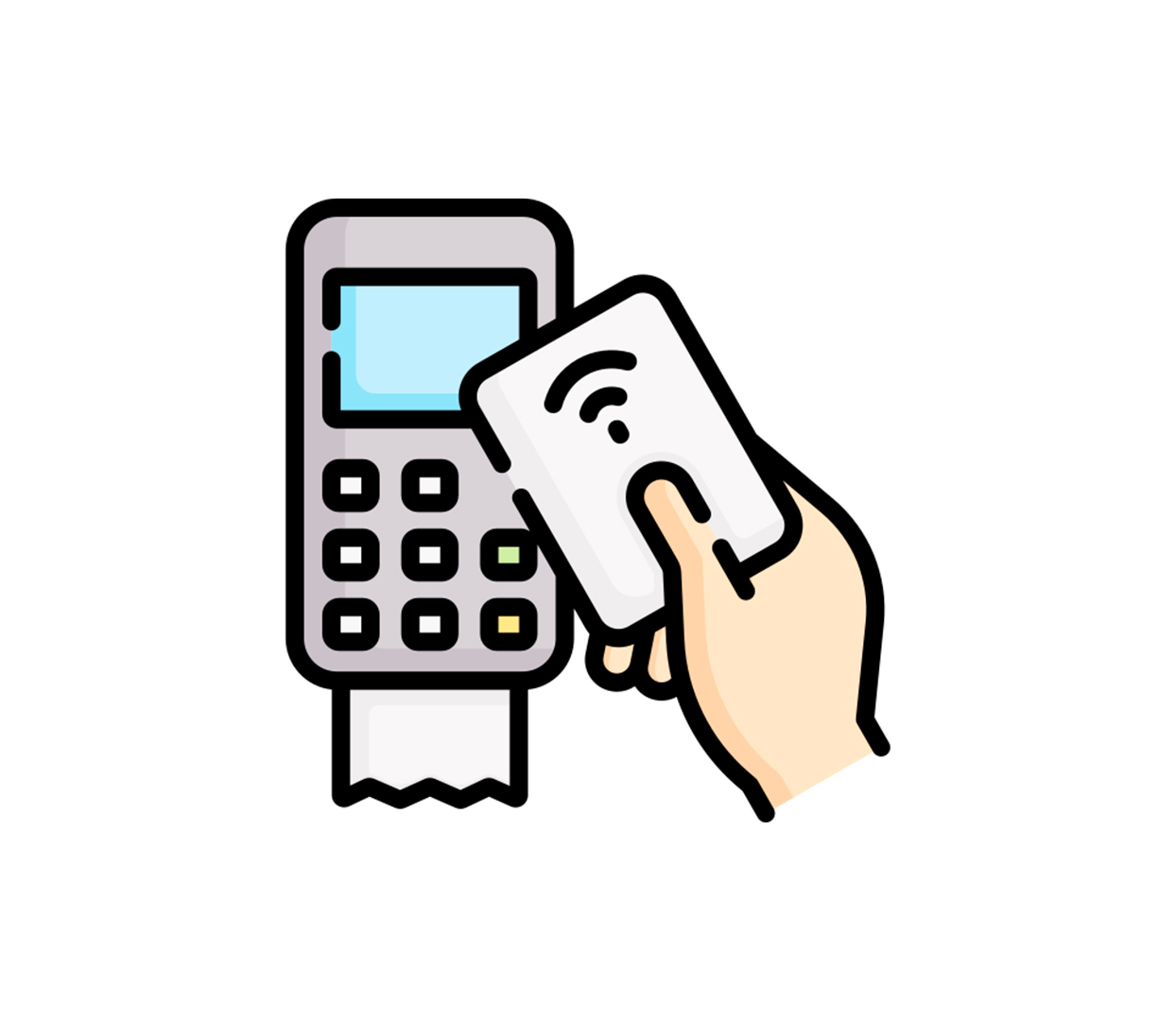According to J.R Batliboi, "Every financial transaction involves a transfer of money or its equivalent from one person to another. It must necessarily, therefore, require two parties for its performance, and may mean either the receipt of a benefit in the shape of cash, goods or services or the imparting of such benefits."






